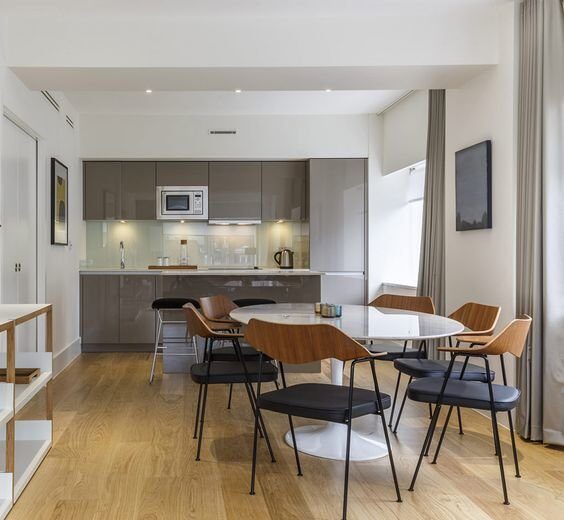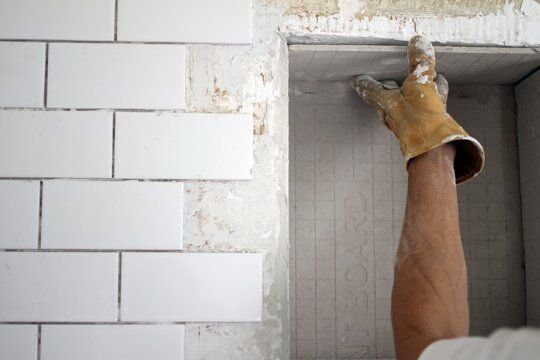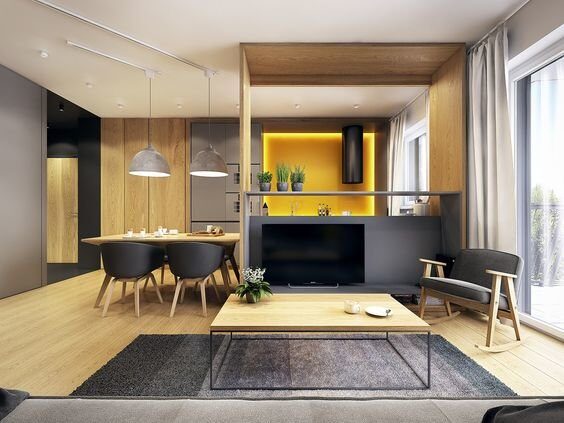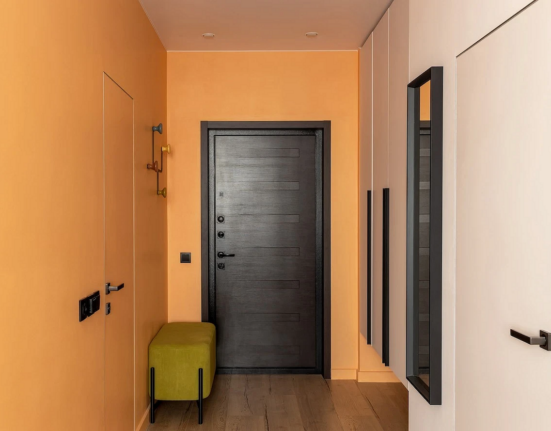Is it worth getting author’s supervision, or can you manage with just a design project? Understanding the intricacies of working with a designer.
Author’s supervision = design project?
When seeking a design project, many assume that author’s supervision is part of the overall project, but in reality, these are two different services, and each one needs to be negotiated separately.

Author’s supervision is the control over the compliance and implementation of a design project that is carried out by the author.
Author’s supervision is not included in the development of the project, and it needs to be negotiated separately regarding its implementation.
Once the design project has been developed, professional supervision is necessary to ensure that the implementation is in line with the original concept. Simply handing over a package of drawings to builders may not be enough, as they may not read or fully understand the designer’s ideas.
For example, if the designer has created a special combination of finishing materials or expressed an idea through a specific form, the contractor may see this as complicating the project and make adjustments according to their own convenience. Author’s supervision is essential to ensure that the original design concept is properly translated into the final product.

Such situations often occur when installing ceramic tiles: the designer indicates on the drawings a special tile layout, in which all the joints combine and blend into each other, but the contractor may ignore the requirement and start laying the tiles from the corner. As a result, the beautiful tile will look like a patchwork: the center of the layout will not be defined and the joints on the surfaces of the walls will come to the center of the floor tile.
Sometimes there are even comical situations, such as installing tiles with the front side facing inward. An example of this is the niche in the above photo.
Is there enough information in the design project?
When remodeling and renovating an apartment, comprehensive information is required about all the nodes and relocation of engineering communications. The designer will prepare the drawings, but the builders may interpret them differently. Of course, this depends on the professionalism of both the designer and the contractor.

Many designers are not literate in reading drawings, and the same difficulties are present for builders. This is where big problems and misunderstandings start.
While it’s ideal that drawings are accurately prepared and understood, this alignment doesn’t always occur. Designers might lack proper training in presentation or have a compressed discipline course, and builders may struggle to understand the drawings. Fortunately, a knowledgeable contractor could clarify the drawings’ details to their builders.
A practical solution to this challenge is author’s supervision. In this process, the designer visits the construction site and promptly and clearly explains the drawings’ details.
The average cost of author’s supervision depends on the complexity of the project and the number of site visits.
It is worth negotiating the author’s supervision at the beginning of the project development because then the designer will be busy with other projects and will not be able to perform author’s supervision for your construction or renovation.

Ordering author’s supervision can save the most important thing in renovation – your nerves. Without author’s supervision, builders can assemble an interior as they see fit or as they are capable of: the result will not correspond to the design project, and the feeling of disappointment will remain for a long time.

When author’s supervision is ordered, the designer takes responsibility for the result of the renovation, which must correspond to the approved project.
Design discrepancies
During renovation, technical difficulties may render the design project unimplementable, necessitating changes. For instance, hidden communications in the wall might only surface during demolition work. This requires a project revision and approval for all alterations.
Ideally, these changes should occur during the designer’s site visit. This approach can minimize rework time and expedite changes.

It also happens that customers make changes during the renovation process. People might have different reasons: they could find furniture of various sizes that requires relocating electrical outlets, or they might add more light fixtures that need connection. Alternatively, they could decide to swap out finishing materials because the ones specified in the project aren’t readily available, and they can’t wait for them to be in stock.
Author’s supervision allows you to eliminate all difficulties and solve problems immediately. The designer will select new materials that will complement the interior design and adjust the project to the changed conditions.
Author’s supervision is necessary if you are renovating for the first time – the designer will warn you of potential problems and prevent builders from taking advantage of you. Designers know all the construction tricks and will alert the client if the contractor provides fake receipts.

If the project is complex, it cannot be completed without supervision. Otherwise, you will have to visit the construction site constantly and answer the builders questions yourself. Of course, the result of the renovation will differ from the design project.
When you want to save time and nerves, it is impossible to do without author’s supervision. Entrust the control of the renovation to the designer, let them deal with all the difficulties and problems: for a professional, it is a simple task.
Use the free time for yourself and for work – this way, the renovation process will go smoothly for you.

When a professional team is assembled for renovation, and a designer is present, it allows you to delegate responsibilities and frees you from unnecessary expenses.






Leave feedback about this